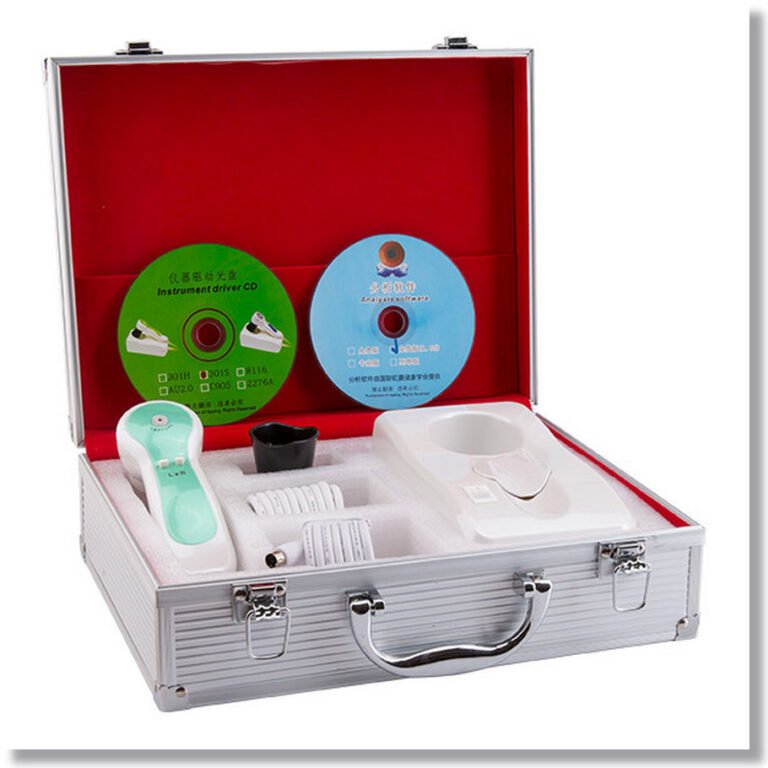
What is Iridology?
What is Iridology?
Iridology (sometimes referred to as iris diagnosis) is based on the bizarre belief that each area of the body is represented by a corresponding area in the iris of the eye (the colored area around the pupil). According to this viewpoint, a person’s state of health and disease can be diagnosed from the color, texture, and location of various pigment flecks in the eye. Iridology practitioners claim to diagnose “imbalances” that can be treated with vitamins, minerals, herbs, and similar products. Some also claim that the eye markings can reveal a complete history of past illnesses as well as previous treatment. One textbook, for example, states that a white triangle in the appropriate area indicates appendicitis, but a black speck indicates that the appendix had been removed by surgery. Iridology charts—dozens of which exist—vary somewhat in the location and interpretation of their iris signs. Some iridologists use a computer to help them analyze eye photographs and select the products they recommend. Sclerology is similar to iridology but interprets the shape and condition of blood vessels on the white portion (sclera) of the eyeball.

rayid iridology courses
rayid iridology courses
Presented by Jason Eldridge certified Rayid Teacher & Rayid Practitioner
Rayid is a healing art that deeply and accurately identifies the individual. Rayid provides you with powerful tools for physical and emotional self-healing, to nurture your soul and its destiny.
Learn all about:
The iris: the lessons and gifts of all of the iris positions, iris rings + much more
Birth Order & Family Tree Healing
Experience profound and moving meditations
The vibrations of glands, organs & body systems
Growth through ‘Shadow Work’
Live in class case studies
Evolve your consciousness and make the world a much more beautiful place!

Iridologist Job Duties
Iridologist Job Duties
Those considering careers in iridology should note that iridology is not recognized by the mainstream medical community in the U.S. A study published in the Journal of the American Medical Association showed evidence that iridology has no therapeutic value, and most U.S. insurance companies do not cover iridology.According to the International Iridology Practitioners Association (IIPA), iridologists conduct close examinations of the human iris, the colored portion of the eye, using tools such as flashlights, magnifying glasses and cameras . After taking close-up images of the iris, iridologists examine factors such as eye color, spots and noticeable rings. They also look at the white portion of the eyes, known as the sclera. Iridologists then compare images of the patient’s eyes to various charts that indicate correlations between markers on the iris and sclera with potential health conditions.During consultations with patients, iridologists explain any abnormalities found on the patient’s iris or sclera. For example, certain iris colors have been linked to digestive problems or allergies. Iridologists may instruct patients on homeopathic ways of dealing with health problems, such as taking supplements, making dietary changes or increasing physical activity.



































